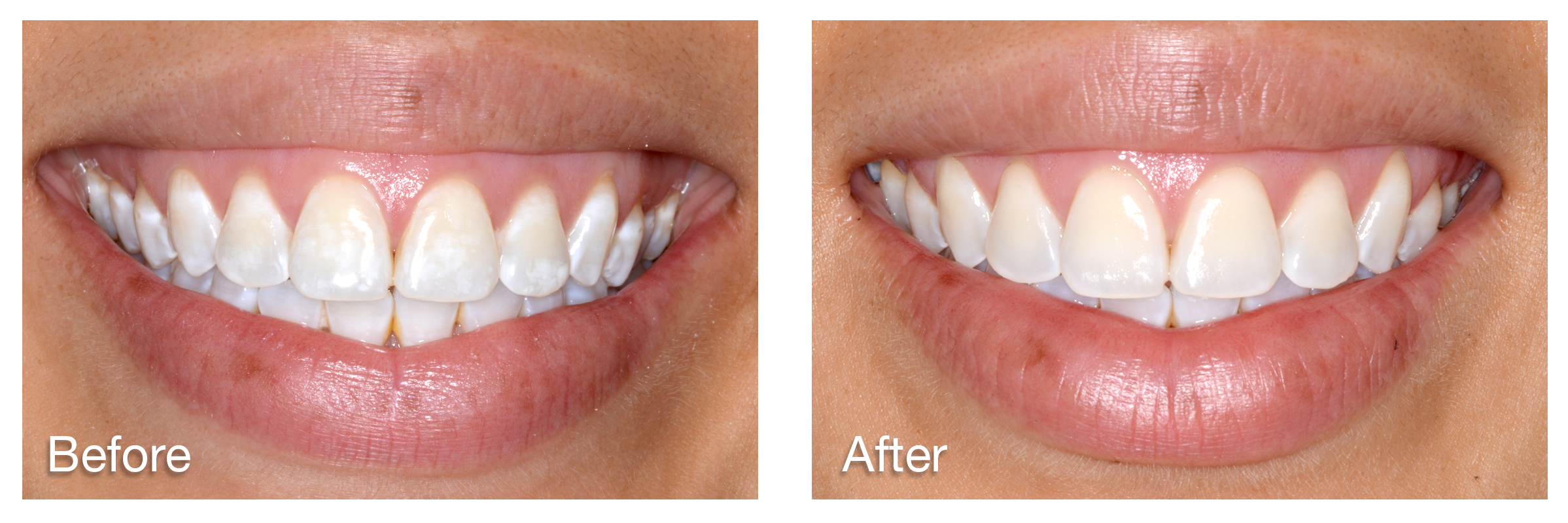How To Stop Gingivitis? Top Toothpaste Picks

Gingivitis, a mild form of gum disease, affects millions of people worldwide, causing inflammation, redness, and irritation of the gums. If left untreated, it can lead to more severe conditions like periodontitis, which can result in tooth loss. Fortunately, gingivitis is reversible with proper oral care and the right toothpaste. In this article, we will explore the causes of gingivitis, its symptoms, and most importantly, how to stop it using the best toothpaste picks.
Understanding Gingivitis
Before diving into the solutions, it’s essential to understand what causes gingivitis. The primary culprit behind gingivitis is poor oral hygiene, which leads to the accumulation of plaque—a sticky film of bacteria—on the teeth. When plaque is not removed regularly, it hardens into tartar, which can only be removed by a professional dental cleaning. The bacteria in plaque and tartar cause inflammation of the gums, leading to gingivitis.
Symptoms of Gingivitis
Identifying gingivitis early can prevent its progression to more severe gum diseases. Common symptoms include: - Red, swollen, and tender gums - Gums that bleed easily when brushing or flossing - Bad breath that won’t go away - Loose teeth - Painful chewing - Receding gums
Preventing and Reversing Gingivitis
Prevention and reversal of gingivitis involve maintaining good oral hygiene practices. Here are steps you can take: 1. Brush Your Teeth Regularly: Use a fluoride toothpaste and brush your teeth at least twice a day, making sure to cover all surfaces. 2. Floss Daily: Flossing removes food particles and plaque from between your teeth and under your gumline, where a toothbrush can’t reach. 3. Use an Antibacterial Mouthwash: Mouthwash can help kill bacteria that cause gingivitis. 4. Regular Dental Check-Ups: Regular cleanings and check-ups can help catch gingivitis early and prevent its progression.
Top Toothpaste Picks for Gingivitis
Choosing the right toothpaste can significantly help in preventing and managing gingivitis. Here are some key features to look for and top picks: - Anti-Plaque and Anti-Gingivitis Formulas: Look for toothpastes that carry the American Dental Association (ADA) Seal of Acceptance, indicating they have met standards for safety and effectiveness. - Fluoride Content: Fluoride helps strengthen tooth enamel, making teeth more resistant to decay. - Mild Abrasives: Mild abrasives can help remove plaque and surface stains without damaging the teeth or gums.
Recommended Toothpastes:
- Crest Pro-Health: Known for its anti-plaque and anti-gingivitis properties, Crest Pro-Health also helps strengthen enamel and freshen breath.
- Colgate Total: Offers 12-hour protection against bacteria and gingivitis, with a unique formula that helps prevent plaque and tartar buildup.
- Sensodyne Rapid Relief: While primarily known for sensitivity relief, Sensodyne Rapid Relief also offers anti-gingivitis benefits, making it a great option for those with sensitive teeth and gums.
- Tom’s of Maine Antiplaque & Whitening Toothpaste: For those looking for a natural option, Tom’s of Maine offers a fluoride-free, antibacterial formula that helps prevent gingivitis while also whitening teeth.
Natural and Home Remedies
Besides using the right toothpaste, there are several natural remedies that can help in managing and preventing gingivitis: - Salt Water Rinse: Rinsing your mouth with warm salt water several times a day can reduce swelling and kill bacteria. - Aloe Vera: Aloe vera has anti-inflammatory properties that can help soothe and heal gums. - Tea Tree Oil: Known for its antibacterial properties, tea tree oil can be added to your toothpaste or mouthwash to help combat bacteria.
Conclusion
Gingivitis is a common dental issue but one that is preventable and reversible with the right approach. By understanding its causes, recognizing its symptoms early, practicing good oral hygiene, and using the right toothpaste, you can effectively stop gingivitis and maintain healthy gums and teeth. Remember, while toothpaste and oral hygiene practices are crucial, regular dental check-ups provide professional cleaning and assessment, ensuring your gums and teeth remain healthy for years to come.
How often should I brush my teeth to prevent gingivitis?
+You should brush your teeth at least twice a day, in the morning and before going to bed, using a fluoride toothpaste. Additionally, brushing your teeth after meals can also help, especially if you've consumed sugary or acidic foods and drinks.
Can gingivitis be cured at home without dental treatment?
+Mild cases of gingivitis can often be managed and reversed with good oral hygiene practices, including regular brushing, flossing, and using an antibacterial mouthwash. However, if the symptoms persist or worsen, professional dental cleaning and treatment are necessary to prevent progression to more severe gum diseases.
How does smoking affect the risk of developing gingivitis?
+Smoking is a significant risk factor for developing gingivitis and other gum diseases. It reduces blood flow to the gums, making them more susceptible to disease, and also impairs the body's ability to fight off infections, including those that cause gingivitis.
By combining good oral hygiene practices, using effective toothpastes, and incorporating natural remedies, individuals can effectively combat gingivitis, ensuring a healthier, happier smile for years to come.

